No content results match your keyword.
Content
You have successfully logged out.
Not registered yet?
MIETHKE M.blue®
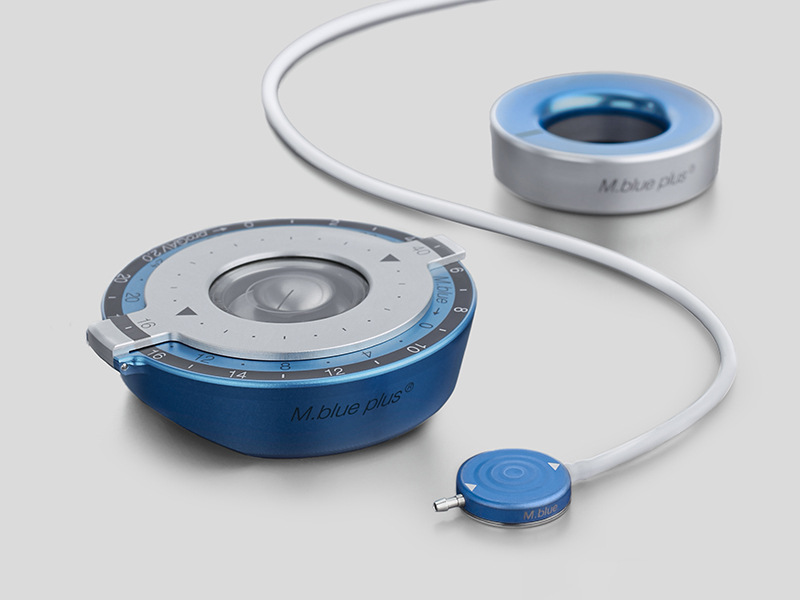
The M.blue® is a position-dependent hydrocephalus valve. It consists of an adjustable gravitational unit and a fixed differential pressure unit. Particularly challenging and difficult forms of hydrocephalus require a much higher degree of flexibility in treatment. This is what the M.blue® plus stands for: a combination of adjustable gravitational unit and adjustable differential pressure unit (proGAV® 2.0).
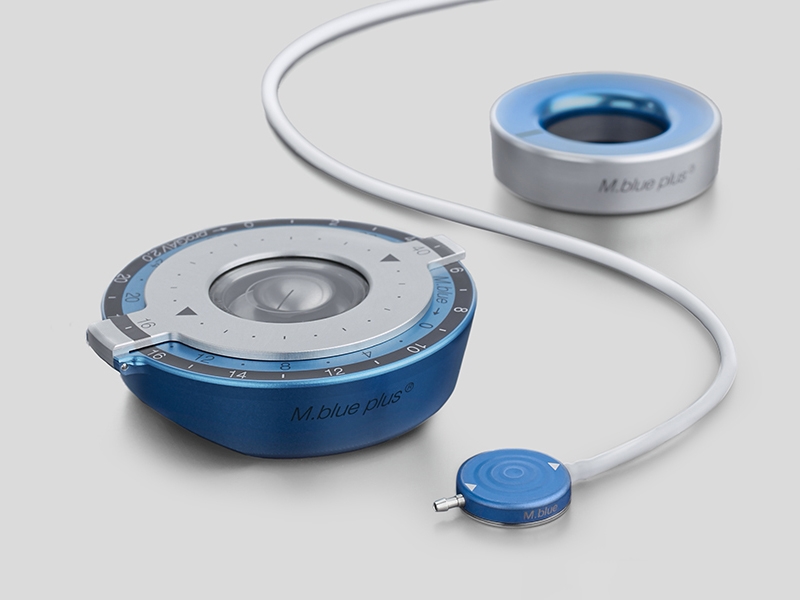
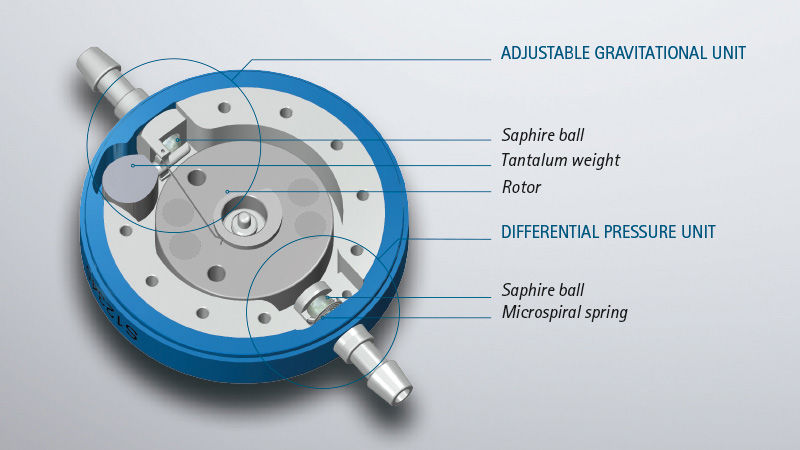
The combination of these two units ensures automatic adjustment of the opening pressure depending on the patient's body position and thus counteracts the risk of possible overdrainage complications, especially in the upright and active body position.5,6,7,8 Particularly challenging and difficult forms of hydrocephalus require a much greater flexibility in treatment. This is what the M.blue plus® stands for: a combination of an adjustable gravitational unit and an adjustable differential pressure unit (proGAV® 2.0). Both M.blue® variants are made of robust and biocompatible titanium and are the result of precise precision engineering.
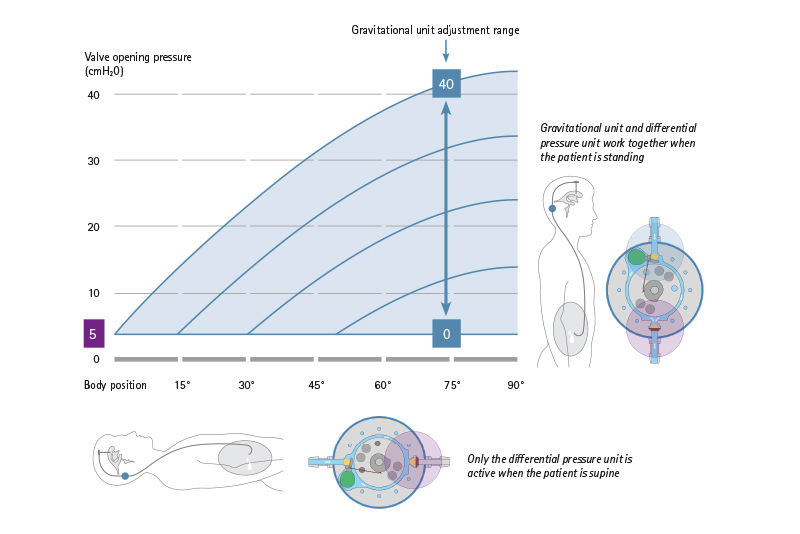
The differential pressure unit in the M.blue® is available in the units 0, 5, 10 and 15 cmH2O. The selected opening pressure of the differential pressure unit is equally effective in all body positions. When lying down, the differential pressure unit acts alone and usually has a low selected opening pressure, so that the valve drains brain water in time when the brain pressure increases during sleep and rest phases. A microspiral spring that presses a sapphire ball into a ball seat is responsible for the correct pressure. If the brain pressure rises above the selected opening pressure, the spring gives way, the differential pressure valve opens and allows brain fluid to pass through until the brain pressure has dropped again accordingly.
The gravitational unit in the M.blue® is adjustable from 0-40 cmH2O and is only effective in the upright body position. Now the sum of both units – gravitational and differential pressure unit – determines the total opening pressure of the M.blue®.
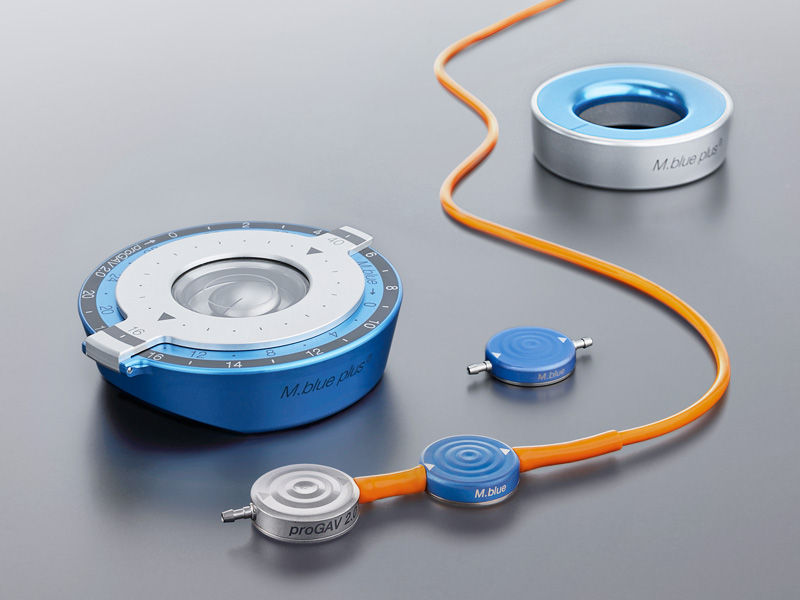
One of the most common and potentially serious complications of hydrocephalus treatment is an infection of the shunt,13 affecting 7-15% of hydrocephalus patients.14 Shunt infections can have severe consequences for the patient.15-18
Use of antibiotic-impregnated catheters can prevent two-thirds of shunt infections,19 thus helping to reduce patient burden and improve patient outcome.
MIETHKE’s new antibiotic-impregnated catheter XABO® uses a balanced ratio of clindamycin hydrochloride and rifampicin to effectively fight gram-positive bacteria.20
XABO® antibiotic impregnated catheters perfectly fit to our innovative MIETHKE M.blue® valve. It offers long-lasting antimicrobial effects for at least 38 days after implantation, easy handling as it withstands temperatures up to 30°C without losing its effectiveness21 and convenient storage for up to 5 years.
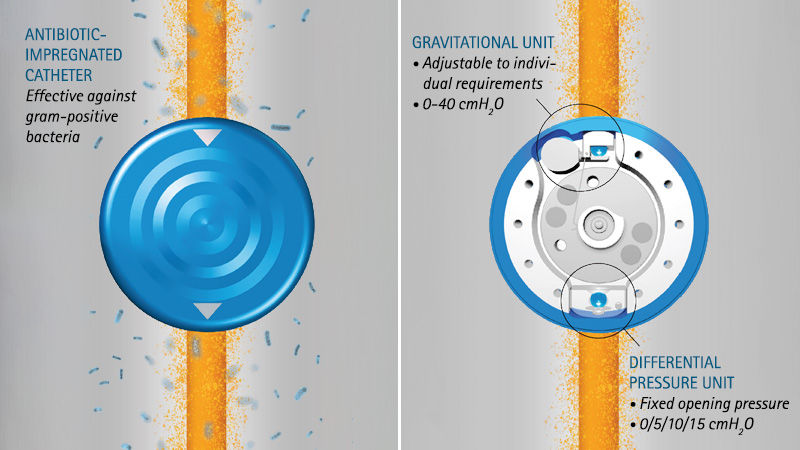
In the freely available MIETHKE App, the functionality of the adjustment and the position-dependent opening pressures are shown very clearly (for Android, for iOS).
iTunes preview and download >>
Google Play preview and download >>
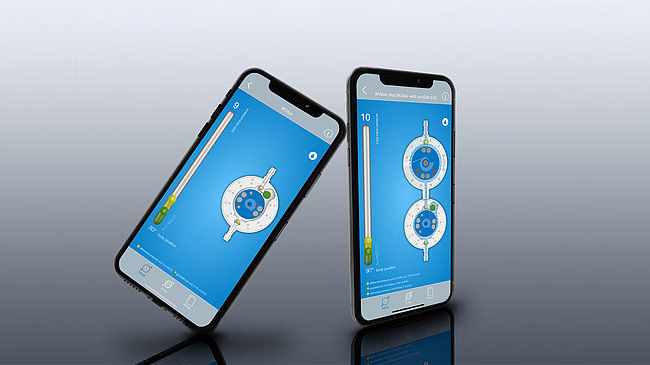
More information about the different pressure levels and their X-ray detection can be found in the download area below.
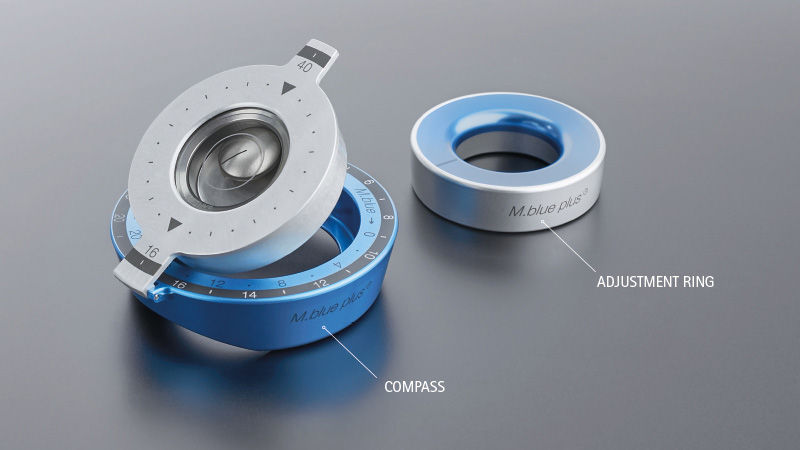
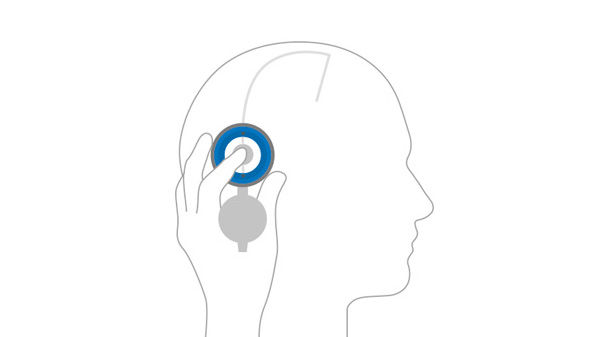
Locate valve by palpating the area with your finger through the open M.blue plus® compass.
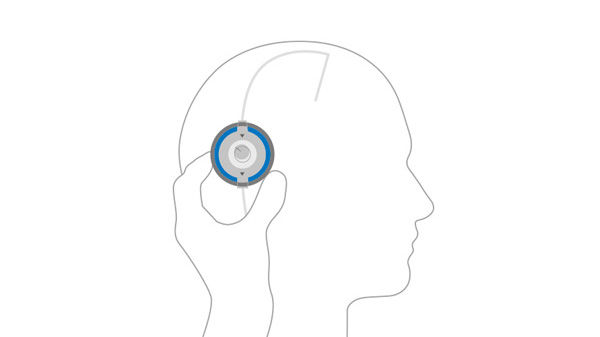
Close M.blue plus® compass and use the floater to lock location and read current valve opening pressure setting.
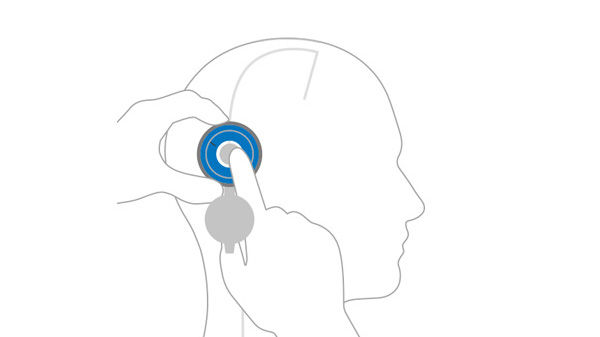
With the help of the inserted adjustment ring the valve opening pressure can easily be set to the desired level. After setting the valve opening pressure, it is advisable to double-check the pressure level settings.
Standard pressure levels for M.blue® and M.blue plus®
Sheet
pdf, 111.0 KB
Challenges for hydrocephalus shunt development
Info graph
pdf, 45.4 KB
MIETHKE Gravitational valves – designed to give you confidence
Info graph
pdf, 36.8 KB
M.blue® – shunt system for the treatment of hydrocephalus
Patient manual
link
M.blue® – the balanced way of life. Inspired by you.
Brochure
link
XABO® Antibiotic impregnated catheters – Xtra protection against infection
Brochure
link
It will be forwarded to a responsible contact person who will get in touch with you as soon as possible.
Your feedback matters! Participate in our customer survey to help us enhance our website, products and services. Thank you for your support!